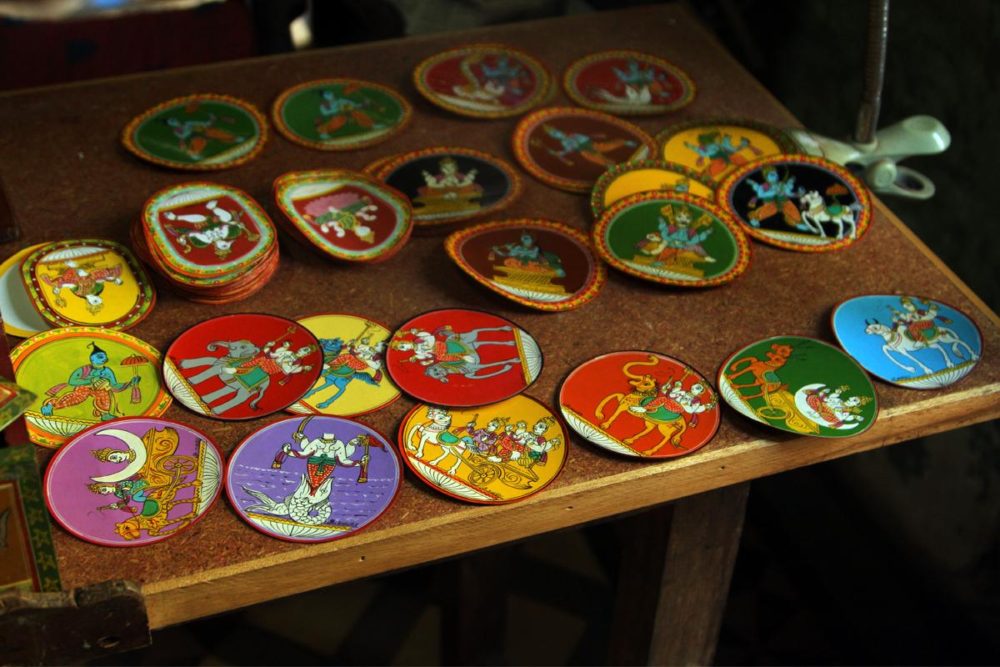
From a folk tradition that took roots during the Moghul rule in Odisha, Ganjapa cards have been reduced to a mere collective item for art lovers today.
In fact, apart from Pattachitra, these hand painted circular cards are a souvenir item that tourists collect from artists’ village of Raghurajpur and Dandasahi in Puri to be used for decorative purposes or as glass covers. Even the number of families that creates these cards has reduced drastically over the years. Today, the tradition of making these cards exists only in villages of Puri, Ganjam, Gajapati and Sonepur districts. While just two to three families prepare these cards in Puri district, there is only one family each in Sonepur, Ganjam and Gajapati districts who are carrying on with the tradition. Besides, there are just a handful of people left who play this card game. These circular traditional playing cards are painted in typical Pattachitra style with natural colours.
According to historians, Ganjapa, is derived from Persian word Gajife and the tradition of playing these cards was first mentioned in the memoirs of Moghul emperor Babur in 1527 AD, said Banamali Mohaptra, a Ganjapa card expert.
Each Ganjapa playing card set contains 12 cards. “Hand-painted, an artist uses his imagination and knowledge of mythology to draw on these cards. Themes of these cards mostly evolve around representations of epics like Ramayana, ‘Dashavatar’ of Lord Vishnu, Jagannath culture, and other Gods and Goddesses of the Hindu pantheon,” he added.
Each pack of cards is of a different colour and is based on the number of colours in a set. The packs are called Atha Rangi (eight colours), Dasa Rangi (10 colours), Bara rangi (12 colours), Chauda Rangi (14 colours), Shoal Rangi (16 colours) and so on.
Devi Prasad Nanda, member of the Puri Creative Handicraft Cooperative Society, said the cards were played by kings and villagers as a pastime. “Preparing these cards was also an art form in its own right. But the new generation artists are hardly interested in learning this art form and in the absence of patronisation by Government, the Ganjapa tradition is staring at a bleak future,” said Nanda.
Elaborating on the preparation technique, Nanda said though these cards are painted in Pattachitra style, they do not need to be as elaborate as the style itself.
“Glue is made out of tamarind seeds and applied on thin strips of cloth to make them hard. Then these are cut out in round shapes and pasted along with hard paper. A paste of liquid chalk is applied on these circular cards and then natural paints are used to draw on them,” he said, adding that in olden days, Ganjapa cards were even made out of wood for kings.
Apparently, these playing card sets are priced above `2000 per piece. “Considering the price value, if more artists start making these cards, not only will the game be revived but also the art form would ensure good income for those who take it up,” said Kulu Maharana, a 20-year-old artist from Raghurajpur, who has given up Pattachitra to produce Ganjapa cards on a professional scale. Members of the Puri Creative Handicraft Cooperative Society have urged the Culture Department, Government of Odisha, to save this art form that is on the verge of extinction. On several occasions earlier, art researchers from Puri and Sundargarh have demanded that the Government declare Ganjapa as a ‘heritage art form and game’.


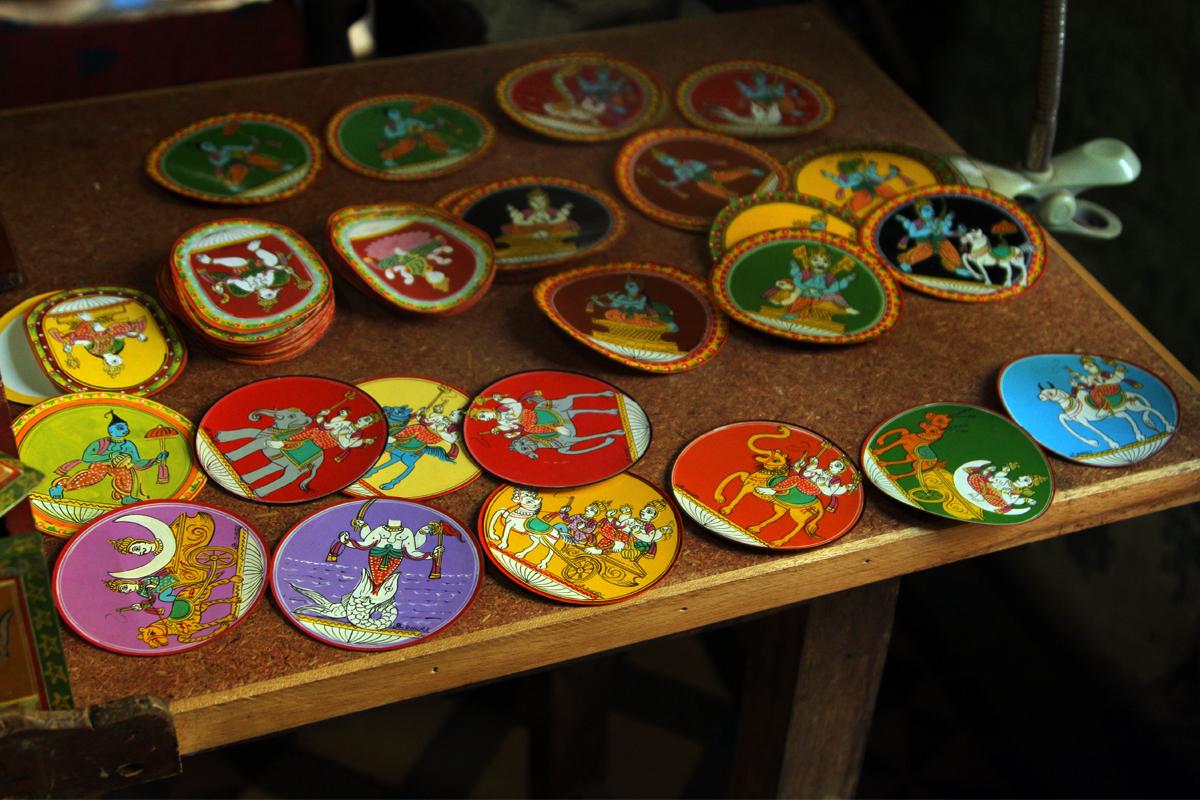
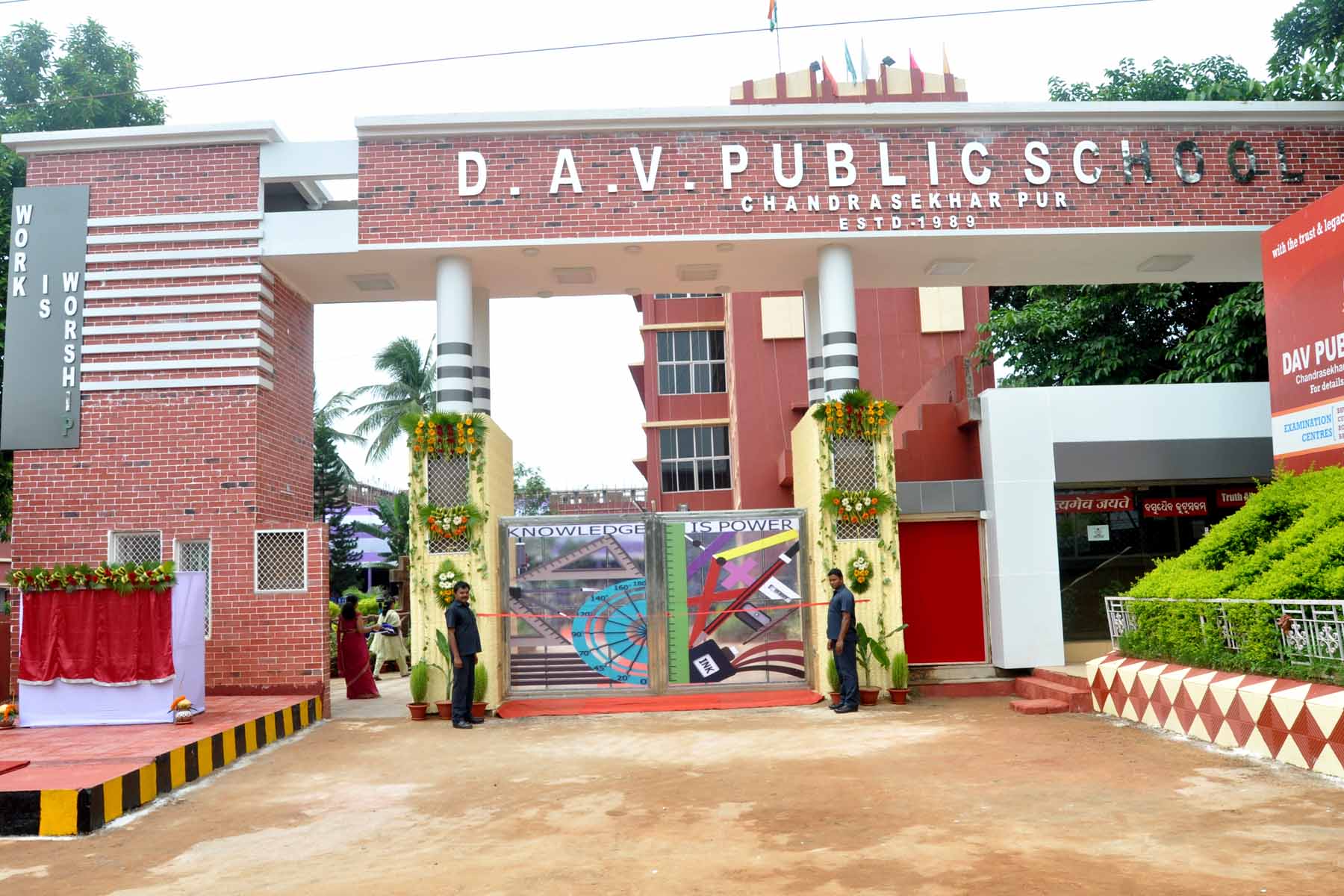
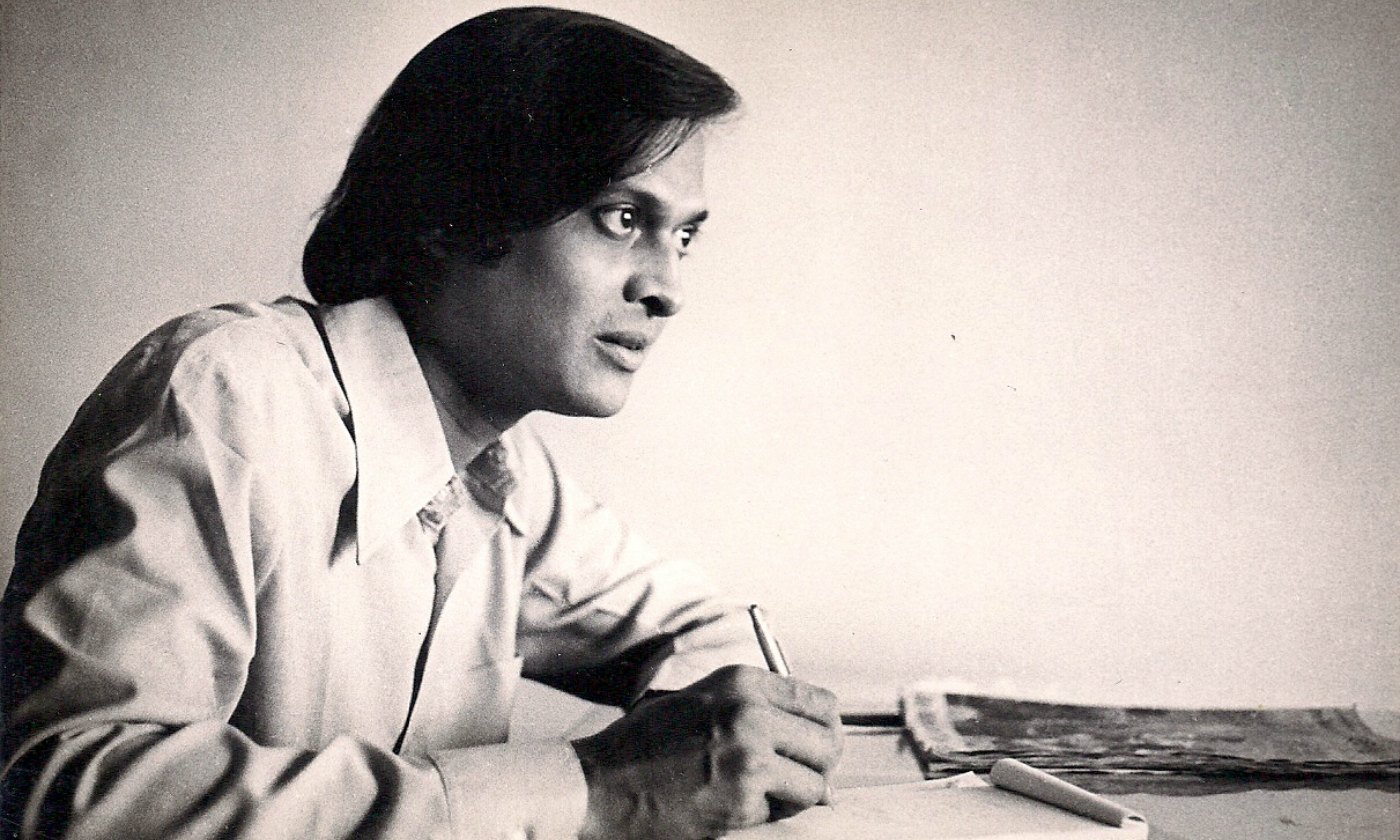
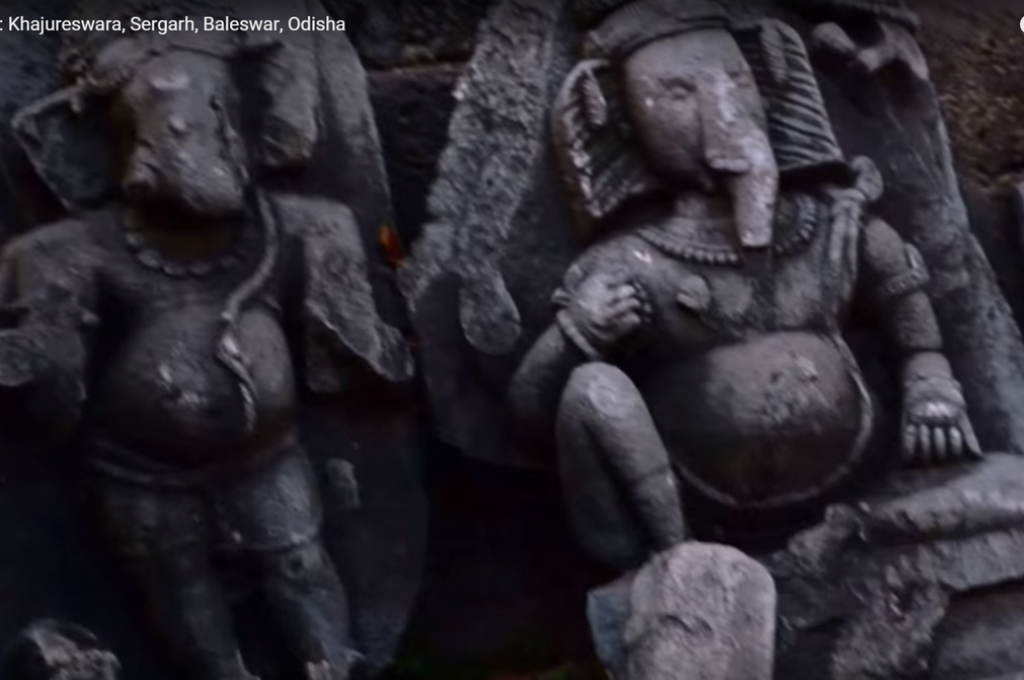

What Do You Think?